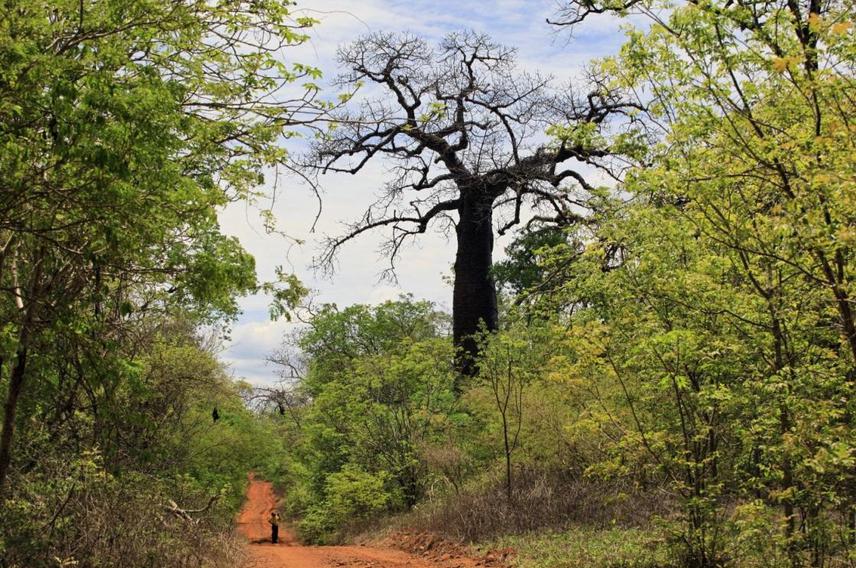Sandra M Duran
The aim of the project is to evaluate how changes on tree diversity and functional traits across successional stages (age since land abandonment and land-use history) affect aboveground carbon storage in a tropical dry forest.

Tropical dry forests (TDFs) represent 42% of all tropical forests, but are far less studies than wet forests. Due to high transformation rates current extent of TDF is by a landscape of agricultural fields and patches of secondary forest succession. Secondary succession is directional change in community composition following a disturbance event. Two approaches have been used to study succession in the tropics. The first one employs long-term monitoring of permanent plots, which is ideal, but it has a high cost. Thus, studies in vegetation dynamics over time in TDFs are almost absent. The second approach, chronosequence, identifies stands that differ in age, and infer regeneration dynamics by assuming space-for-time substitution. Few chronosequence studies have been conducted in TDFs. Hence, our understanding of regeneration processes in TDFs has lagged behind our understanding in tropical wet forests. TDFs however are structurally and floristically simpler than wet forests, with fewer canopy strata and lower leaf area index. These differences may affect rates of change, thus, more research is needed to better understand how species recover in TDFs. Changes in species composition and diversity during succession may also affect the functioning of TDFs. How changes in diversity and structure affect the ecosystem function in TDFs, however, is not yet understood. Functional studies in TDFs are rare and limited to identifying functional groups on species attributes. Answering these questions has important implications for both basic ecology and conservation of these threatened ecosystems in the face of ongoing extinctions.
Using the chronosequence approach, I will determine tree-diversity patterns in a tropical dry forest during succession, and understand how those patterns influence ecosystem function. Specifically, I will:
(1) quantify aboveground carbon storage (AGC) along succession,
(2) evaluate how much variation of AGC is accounted by species richness, species dominance or functional diversity.
It is expected that functional-trait diversity of the dominant plants account for most variation of AGC, with higher values of carbon storage in later stages due to higher stem biomass. I will also assess the potential of optical remote sensing to estimate aboveground biomass for assessing carbon stocks in this ecosystem. Understanding how TDFs recover their structure, composition and functioning is essential for establishing conservation strategies and restoration programs in tropical dry forests, currently considered the most threatened ecosystem in the tropics